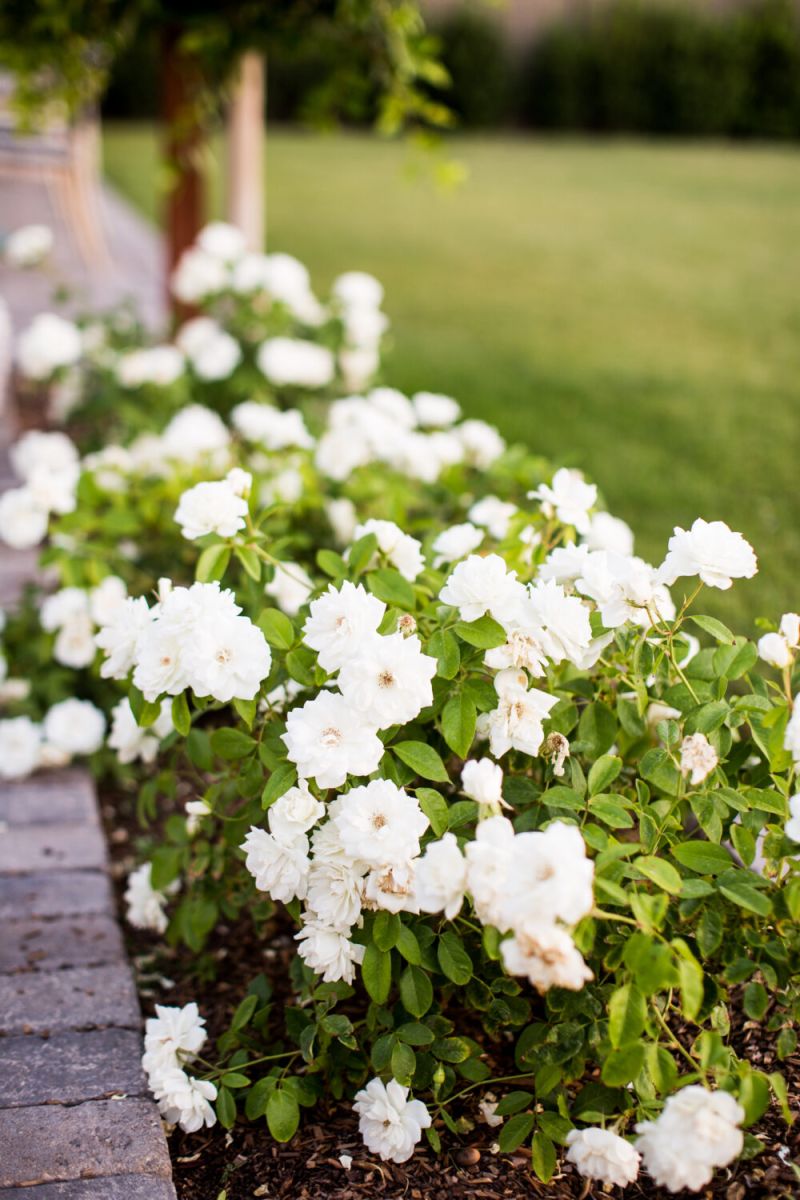Transform Your West Side With Gorgeous Plants: A Guide To Enhancing Your Home’s Exterior
![Best Plants for West Facing Gardens – Best Guide [] Best Plants for West Facing Gardens – Best Guide []](https://instaquotess.com/wp-content/uploads/2024/01/best-plants-for-west-facing-gardens-best-guide.jpg)
Plants for West Side of House: Enhancing Curb Appeal and Functionality
When it comes to landscaping, the west side of your house often poses unique challenges due to the intense afternoon sun and potential drought conditions. However, with careful planning and selection of the right plants, you can transform this area into a vibrant and functional outdoor space. In this article, we will explore what it means to choose plants for the west side of your house, how to go about it, what is already known about suitable plant options, potential solutions, and additional information to consider.
What do we mean by choosing plants for the west side of your house?
Choosing plants for the west side of your house refers to selecting vegetation that can thrive in the specific environmental conditions prevalent in that area. The west side of a house often receives the most direct sunlight and can be exposed to strong winds, making it a challenging spot for many plants. The goal is to identify species that can withstand these conditions and still provide beauty and functionality to your outdoor space.
How to choose the right plants?

When selecting plants for the west side of your house, there are several factors to consider:
1. Sunlight requirements: Look for plants that are labeled as full sun or sun-loving. These varieties can tolerate several hours of direct sunlight each day.
2. Wind resistance: Since the west side of your house is often exposed to strong winds, opt for plants that have sturdy stems and can withstand gusts.
3. Drought tolerance: Choose plants that can tolerate dry conditions, as the afternoon sun can cause rapid evaporation of moisture from the soil.
4. Soil type: Assess the soil type in your specific location and select plants that are suitable for that soil. Consider factors such as drainage and pH levels.
5. Desired aesthetics: Determine the overall look and feel you want to achieve with your landscaping. Consider factors such as color, texture, and plant size to create a cohesive and visually appealing design.
What is already known about suitable plant options?
Over the years, gardeners and landscapers have identified several plant options that thrive on the west side of houses. These include:
1. Lavender: Known for its vibrant purple flowers and soothing fragrance, lavender is a popular choice for the west side of houses. It thrives in full sun and well-drained soil.
2. Agave: With its striking architectural form and ability to withstand intense sunlight and drought, agave is an excellent choice for adding structure to your landscape.
3. Russian sage: This hardy perennial boasts beautiful blue-gray foliage and delicate lavender-colored flowers. It can tolerate heat, drought, and wind.
4. Rosemary: Not only does rosemary add a lovely fragrance to your outdoor space, but it also thrives in sunny and dry conditions.
5. Yucca: With their unique sword-like leaves and tall flower spikes, yuccas are well-suited for the west side of houses. They can withstand both heat and wind.
What are the potential solutions?
The following are some potential solutions to enhance the west side of your house:
1. Create shade: Install patio umbrellas, pergolas, or trellises with climbing plants to provide shade and reduce direct sunlight exposure.
2. Improve soil quality: Amend the soil with organic matter, such as compost, to improve its ability to retain moisture and nutrients.
3. Mulching: Apply a layer of mulch around your plants to help conserve moisture, prevent weed growth, and regulate soil temperature.
4. Irrigation: Consider installing a drip irrigation system to ensure consistent watering without wastage.
5. Windbreakers: Planting windbreakers, such as tall grasses or shrubs, can help reduce wind intensity and protect your plants.
Additional information to consider
Here are a few additional points to keep in mind when choosing plants for the west side of your house:
1. Maintenance: Consider the level of care each plant requires and match it with your gardening skills and available time.
2. Local climate: Research the specific climate conditions in your area to ensure the selected plants are well-suited for long-term survival.
3. Wildlife attraction: Some plants may attract beneficial wildlife, such as butterflies or birds, which can enhance your outdoor experience.
4. Seasonal interest: Choose plants that offer year-round interest, either through foliage color changes, blooms, or unique textures.
5. Compatibility: Consider how the chosen plants will complement the existing architecture, color scheme, and other landscape elements.
Conclusion
Choosing the right plants for the west side of your house is crucial to create an aesthetically pleasing and functional outdoor space. By considering factors such as sunlight requirements, wind resistance, and drought tolerance, you can select plants that thrive in this challenging environment. Furthermore, implementing strategies like creating shade, improving soil quality, and installing windbreakers can help ensure the long-term success of your landscaping endeavors. Remember to consider maintenance requirements, local climate conditions, wildlife attraction, seasonal interest, and compatibility to create a harmonious and sustainable landscape.
Frequently Asked Questions (FAQs)
Q1: Can I grow vegetables on the west side of my house?
A1: While it is possible to grow some vegetables on the west side of your house, the intense afternoon sun may require additional shade or protective measures to prevent sunburn on the plants. It is advisable to consult with a local gardening expert to determine the best options for your specific location.
Q2: Are there any flowering plants that can thrive on the west side of the house?
A2: Yes, there are several flowering plants that can thrive on the west side of a house, such as lavender, Russian sage, and yucca. These plants offer beautiful blooms while still being able to withstand the challenging conditions of intense sunlight and potential drought.
Q3: Should I use native plants for the west side of my house?
A3: Using native plants can be a great option for the west side of your house as they are naturally adapted to the local climate and soil conditions. Native plants often require less maintenance and have a higher chance of survival in challenging environments.
Q4: How often should I water plants on the west side of the house?
A4: The frequency of watering will depend on various factors such as the specific plant’s water requirements, soil type, and local climate. It is generally recommended to water deeply but infrequently to encourage plants to develop deep root systems. Monitor the moisture levels in the soil regularly and adjust watering accordingly.
Q5: Can I grow plants in containers on the west side of the house?
A5: Yes, growing plants in containers can be a viable option for the west side of your house. Containers provide flexibility in terms of placement, allowing you to move the plants to areas with optimal sun and shade conditions. Ensure the containers have proper drainage and choose plants that are suitable for container gardening.

I am a beginner writer who continues to learn and consistently creates informative articles to express the ideas that I master.